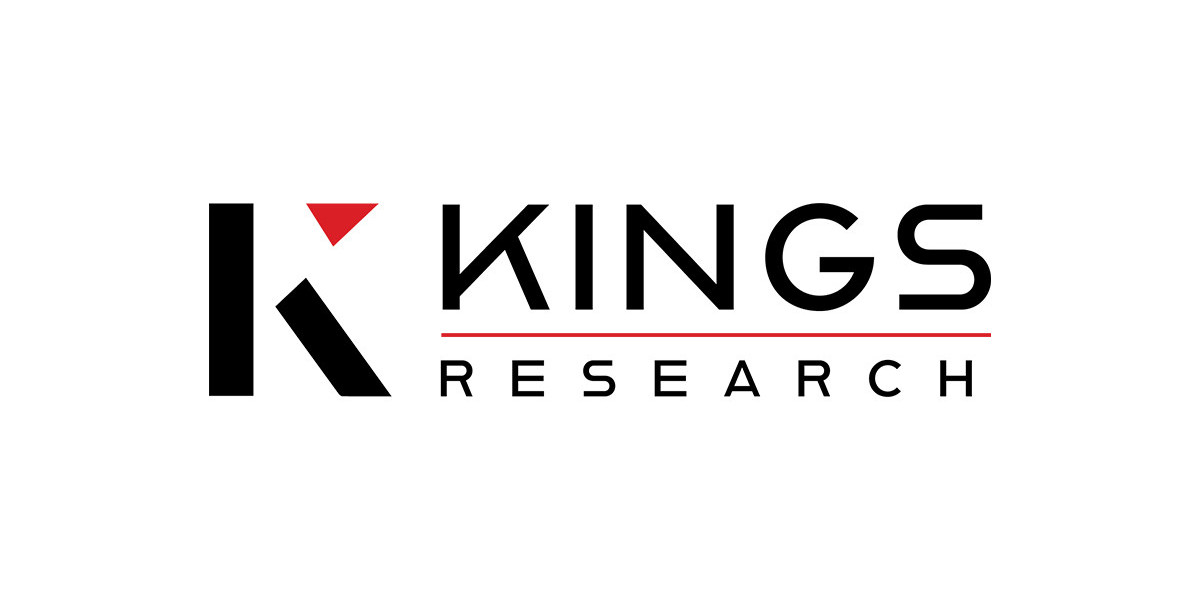I remember riding in an older regional bus a few years ago the kind with stiff vinyl seats and clunky armrests. After just a short trip, my back was sore, and I kept shifting around trying to find a comfortable spot. It reminded me how vital well-designed seating really is, especially when long hours or professional environments are involved.
Across transport, industrial, and commercial sectors, theres growing recognition that custom seating solutions arent a luxury theyre a necessity. Customisation isnt just about comfort. Its about aligning seating with real-world use cases: body types, job functions, safety regulations, and spatial requirements.
As Australias industries evolve, so too does the need for adaptable seating that can meet unique demands, from mining vehicles to public transport to operator stations.
The shift toward localised seating manufacturing
Domestic manufacturers are filling a growing gap, offering options tailored to Australian conditions. Unlike mass-market imports, local producers can design for regional requirements weather, use case, or compliance standards while also shortening lead times.
Benefits of local manufacturing include:
Easier collaboration between engineers and buyers
Customisation across materials, mechanisms, and finishes
Faster turnaround and more reliable quality control
Easier alignment with industry-specific compliance
This proximity allows a more iterative design process. Buyers can test, provide feedback, and adjust until the seat meets every functional requirement, not just aesthetic ones.
What goes into a seat that works
Every great seat starts with a balance: support, durability, and function. Based on site visits and firsthand interviews, the most effective seat designs follow a few unshakable principles.
Typical components include:
Structural core: Usually powder-coated steel or anodised aluminium
Ergonomic cushioning: High-resilience foams with varying densities
Upholstery systems: Flame-retardant, antibacterial, or marine-grade options
Adjustment mechanisms: Swivel bases, tilt functions, lumbar tuning
Each layer affects the seats lifespan and performance. For example, a small modification in foam density can greatly reduce fatigue for drivers on long-haul routes.
Built for compliance and safety-first environments
Many sectors especially transport and industrial are governed by strict compliance requirements. A chair that fails can pose risks not just to users but to the companies that procure them.
According to the vehicle safety features, manufacturers must meet specific benchmarks to ensure roadworthiness and passenger safety. These standards apply to materials, construction methods, and functional performance under load or crash conditions.
Seats that meet compliance criteria typically include:
Pre-installed seatbelt mounts and high-load anchorage
Fire-resistant materials with certified ratings
Side-impact and whiplash-mitigating structures
ISO-fix capability for transport versatility
These features arent just regulatorythey often enhance user comfort and reduce wear-related failures.
Seating trends influencing industrial design
One of the more interesting conversations I had recently was with a procurement lead in mining. Their top priority? Durability in dusty environments. But they also wanted options for adjustability to accommodate different operators on shift rotation. That balance of ruggedness and comfort is at the heart of industrial seating trends.
Trending features shaping seating design:
Vibration isolation to reduce operator fatigue
Modular base frames that allow retrofits or height changes
Integrated tech ports or control modules for smart systems
Washable or replaceable upholstery kits for hygiene control
These arent futuristic theyre already being adopted in agriculture, utilities, and transport. What was once only found in defence or medical-grade seating is trickling into everyday fleet operations.
Material innovation is driving seat evolution
As design expectations grow, so too does the importance of materials science in seat manufacturing. Its no longer just about padding and frames. Material choices now affect hygiene, sustainability, aesthetics, and lifecycle.
Key materials innovations include:
Antimicrobial textiles for healthcare and public transport
Low-emission foams that reduce VOC exposure indoors
UV-resistant fabrics for outdoor and marine settings
Recycled plastics and bio-resins in frame and base components
These materials can extend seat lifespan while meeting environmental targets. Manufacturers also benefit from greater design freedom integrating ventilation, colour variation, or embedded components without sacrificing strength.
Use cases that prove the value of tailored design
The range of industries adopting custom seating continues to expand. Across each, the drivers for customisation vary from safety to comfort to regulatory requirements.
Examples of successful implementations:
Public transport fleets using high-visibility low-back seats for ageing passengers
Dental clinics integrating lightweight, hydraulic patient chairs with posture-specific angles
Mining vehicles require heavy-duty suspension seating for high-vibration use
Event venues are replacing fixed benches with modular, stackable seating for flexible space use
In each case, off-the-shelf solutions fell short. Custom seating filled the gap, delivering practical improvements in function, safety, and user experience.
Learning from automotive design principles
Theres no denying that the automotive world sets the tone for innovation in form and function. Reviewing automotive seat design insights, its clear that vehicle interior trends often influence broader seating standards, even in industrial contexts.
Key crossover innovations include:
Slim profile seats that maximise cabin space
Built-in lumbar bladders for personalised support
Weight-reducing frame materials like magnesium alloys
Smart seat occupancy sensors for safety and maintenance triggers
These advancements, while rooted in commercial vehicles, are pushing other sectors to rethink how they approach seat design and integration, particularly where mobility and adjustability are involved.
Final thoughts
Custom seating isnt just about looking professional or keeping people comfortable. Its about understanding the role of the seat within a wider system whether thats a bus fleet, marine vessel, or control room.
The best outcomes Ive seen in this industry come from partnerships. Not transactions. When designers and operators work together, you get seating that enhances performance, reduces downtime, and creates a safer, more human-centred environment.
From ergonomics to compliance to technological alignment, the seating industry in Australia is evolving fast and for once, our backs are all the better for it.









